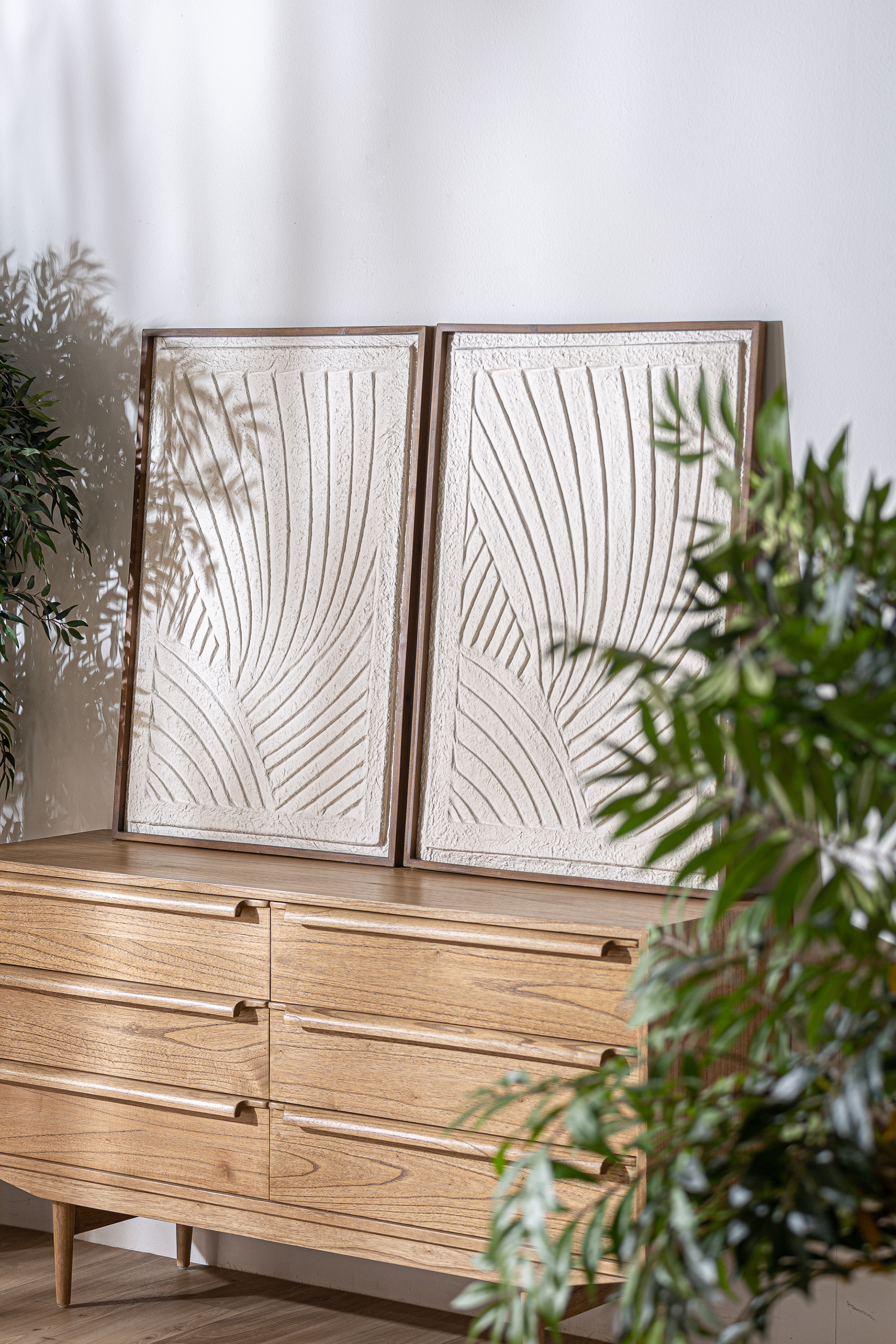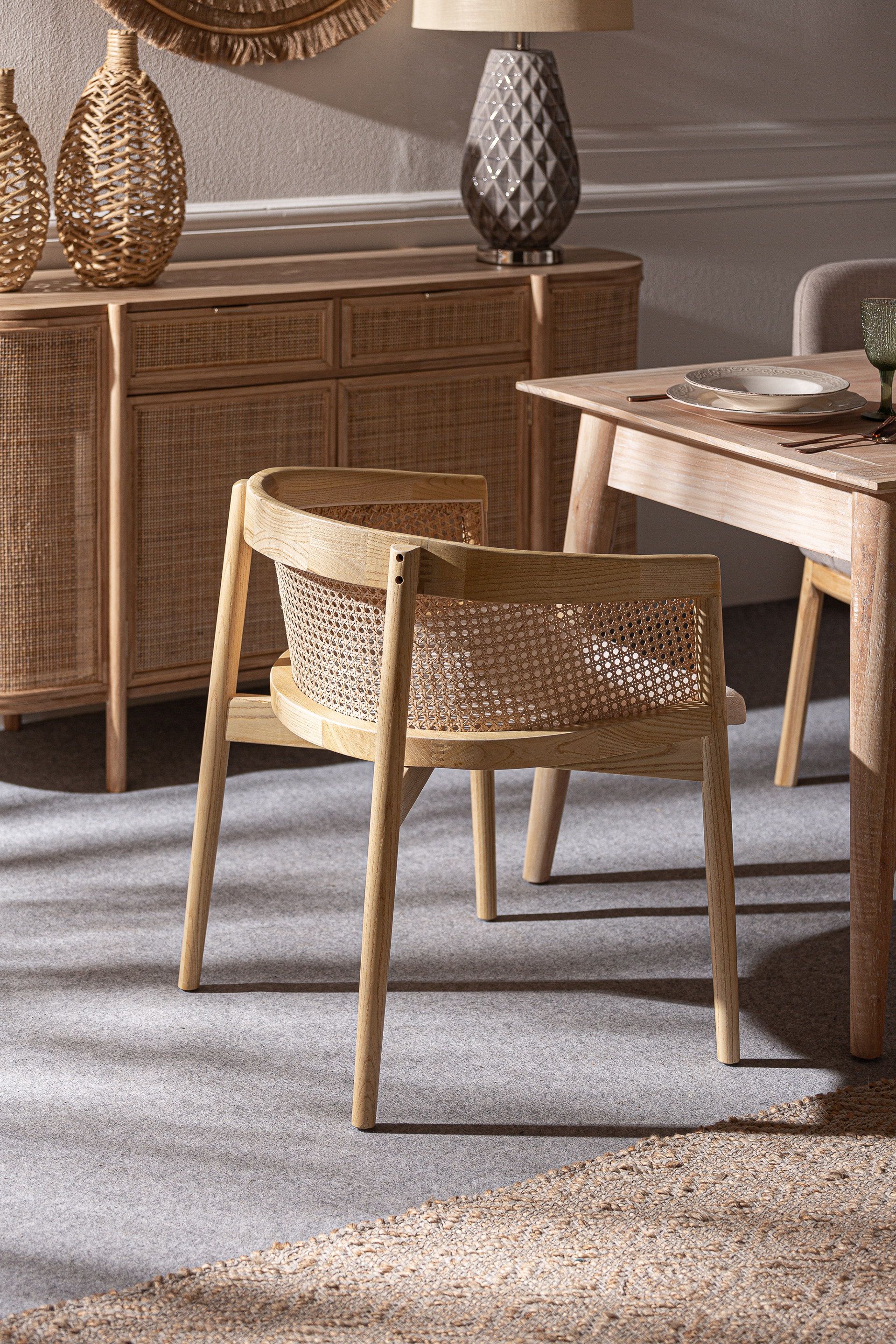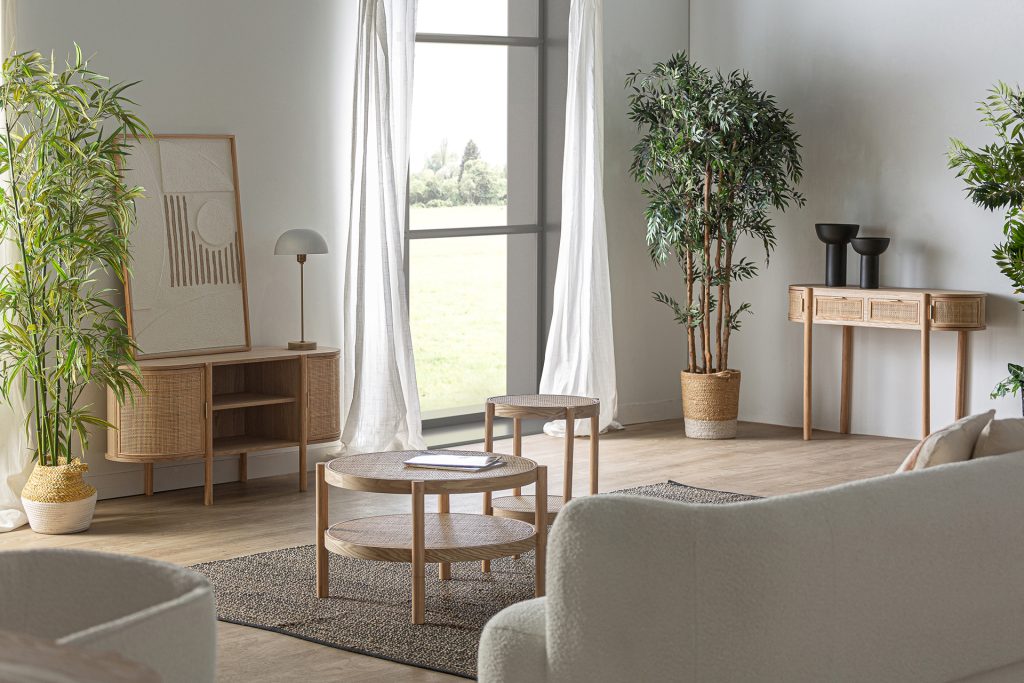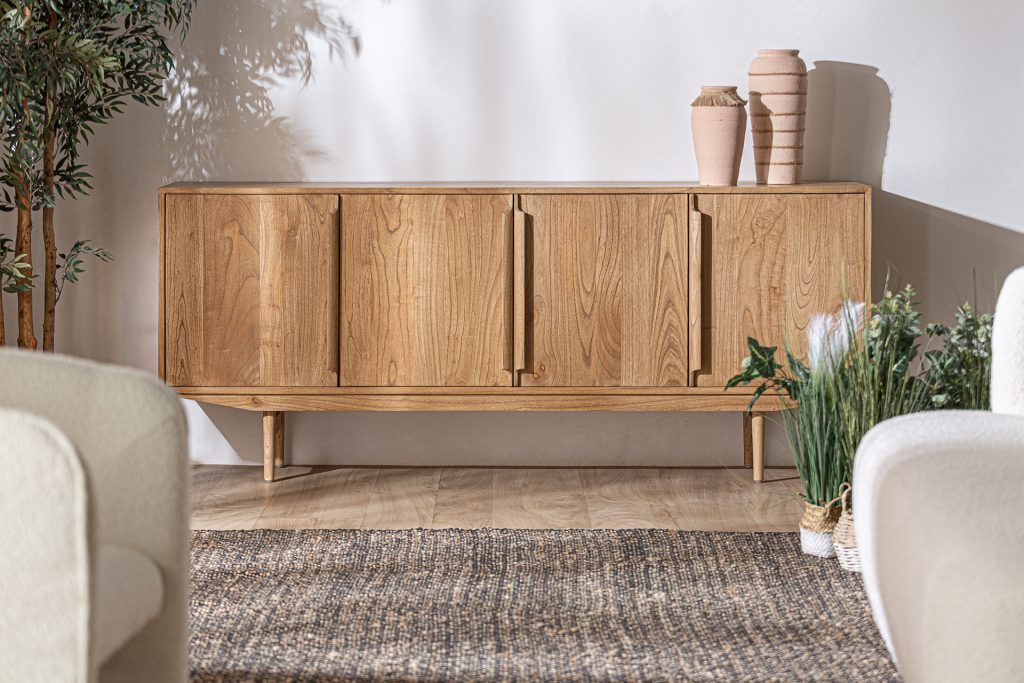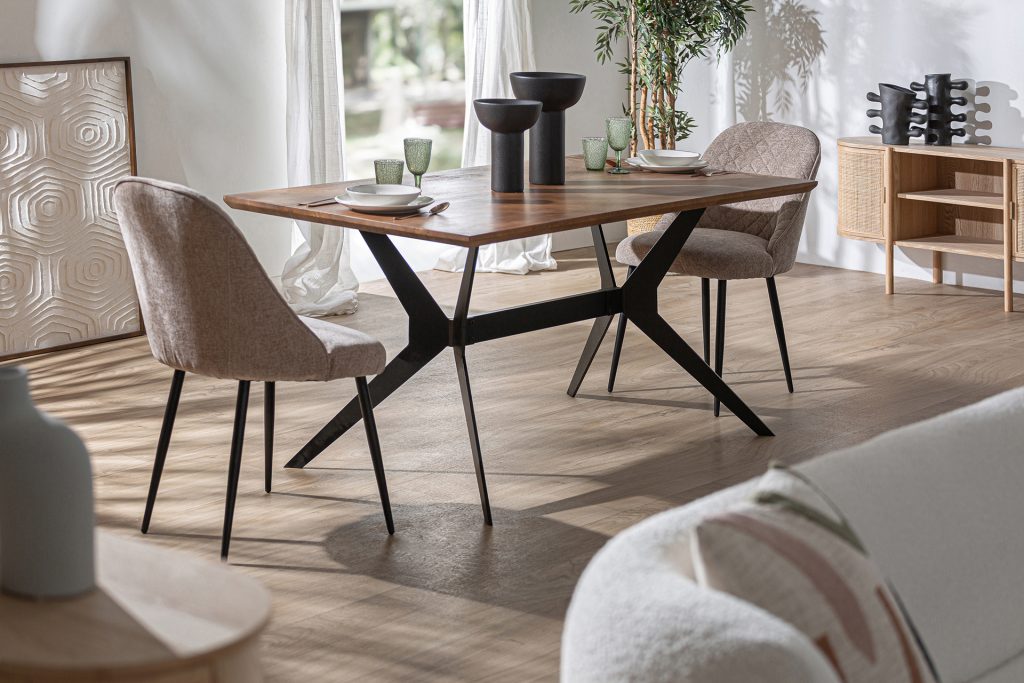Elegance and minimalism come together to create the latest style in interior decoration that emerged a few seasons ago and has once again gained prominence: the Japandi style.
The fusion of Scandinavian minimalism with the Japanese spirit creates the basis of this new style that manages to create neutral and minimalist interiors. The peace and harmony of Zen decor come together with the warmth of Scandinavian decor at the birth of this unique and exclusive style, the Japandi style.
Japandi colours
A palette of neutral and warm colors is the basis of the Japandi style.
More than total white, this style works best with muted or neutral colors like brown, powdered, gray, beige…
Darker shades such as grays or blacks can also be used, but with less intensity. The fundamental thing is that the neutral color predominates.
Some touch of Scandinavian color such as blue, light green, or pink could also be used as long as they do not break the harmony or minimalist approach of the space.

Natural and handcrafted materials
Japandi-style interiors are based on a love of natural and artisanal imperfection. Wood, natural fibers, cotton textiles, ceramics, bamboo, prevail in all the elements that make up the decoration of these spaces.
It is committed to the quality of the finishes and the raw material used, both in furniture and decoration. Traditional Japanese elements such as “urushi” hand-lacquered wallpaper, shibori fabrics, handmade ceramics and textured paper lamps, known as “origami”, are also very recurrent.
Minimalism and order
The Japanesedi-style interiors are functional and simple. It is an interior design based on open spaces where each object located has its purpose, nothing is placed superfluously.
The pieces are carefully chosen based on the Japanese philosophy that encourages people’s connection to the earth.
The decoration must also be very simple and minimalist: vases with flowers, handcrafted ceramics, books…
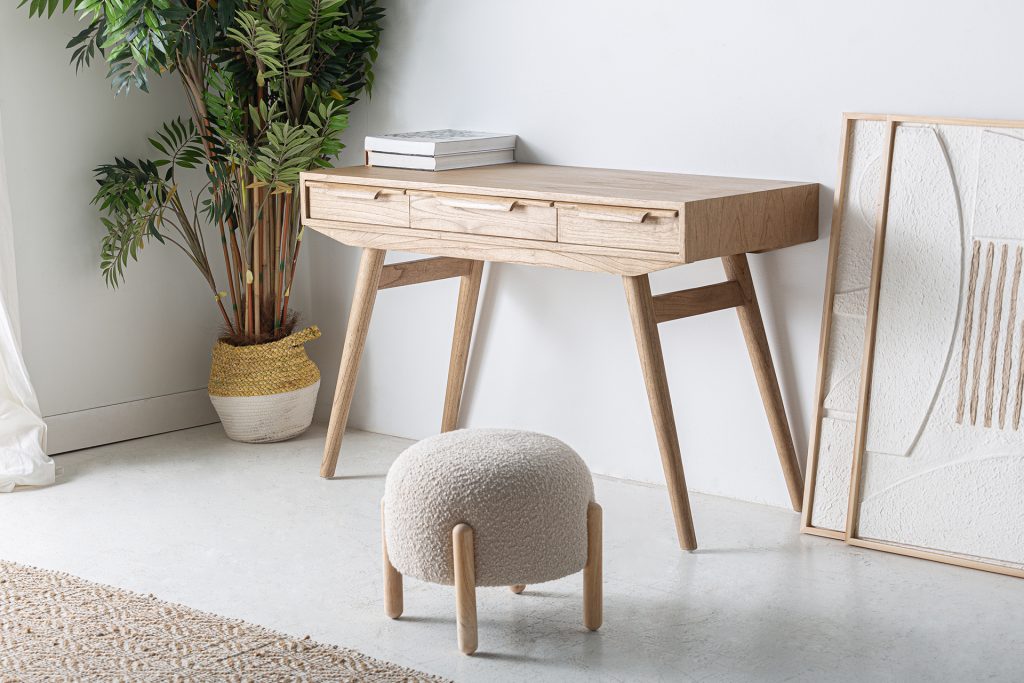
The Japandi style combines all the potential needed to become a trend much desired by interior designers. And you? Do you dare to try it on your projects?
